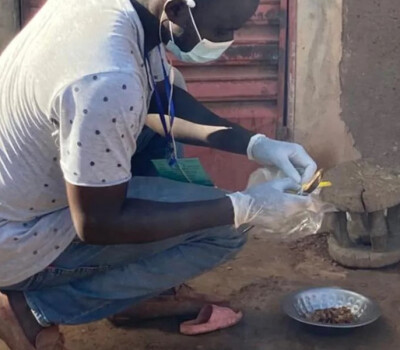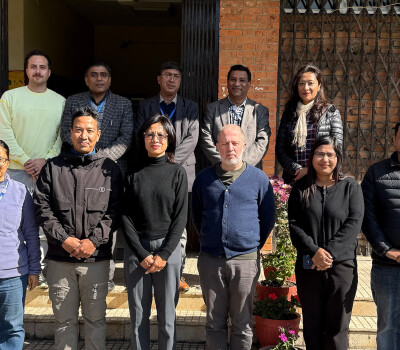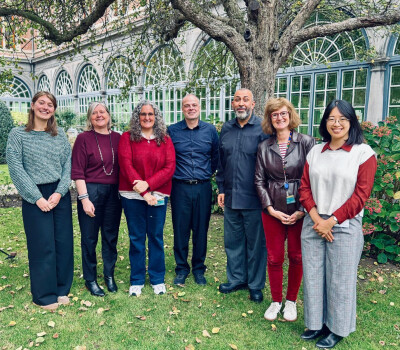Search for exotic mosquitoes in Belgium

With the MEMO+ project, ITM and Sciensano are closely monitoring the presence of exotic mosquitoes in Belgium. From now on, they will also count on the participation of citizens. Anyone who thinks they have spotted a tiger mosquito can upload a photo of it to www.muggensurveillance.be.
For more than 10 years ITM has been actively searching for exotic mosquitoes, including the Asian tiger mosquito (Aedes albopictus). During the MEMO project (Monitoring Exotic MOsquitoes), researchers screened places where the risk of exotic species entering our country was highest. From now on, Sciensano is also supporting the project that will enter into a new phase under the name MEMO+. With this new project the research institutions want to get a better idea of the presence of exotic mosquitoes in Belgium and their impact on public health. To this end, Sciensano is launching a participation platform whereby we ask for the cooperation of citizens. If you think you have spotted a tiger mosquito in Belgium, you can take a picture of it and upload it to www.muggensurveillance.be. Scientists will then check whether it is a tiger mosquito.
Exotic mosquitoes are not new in Belgium
The mosquito hunt of ITM was successful. In recent years, the researchers spotted the Asian tiger and bush mosquito and other exotic mosquito species in car parks, tyre and lucky bamboo import companies and industrial estates. Originally the tiger mosquito comes from Southeast Asia, but in the meantime it has also settled in parts of Europe, America and Africa. This is mainly due to the global transport of goods, climate change and its good adaptability.
"The monitoring of exotic mosquitoes is of crucial importance. If we can identify the location of exotic mosquitoes in time, we can better control them and delay their establishment in our country as long as possible. We have found the tiger mosquito regularly in Belgium, but for the time being the species has not yet established itself here. Even if the mosquitoes do establish themselves here, it is important to monitor their populations closely in order to assess the risk of virus transmission," says Isra Deblauwe, ITM entomologist.
Help us track down tiger mosquitoes and contribute to public health
Sciensano project manager Javiera Rebolledo: "After biting an infected person, the tiger mosquito can transfer viruses of certain infections such as dengue, chikungunya and Zika fever to other people. Therefore, we want to monitor the presence of this exotic mosquito species in our country. If the mosquito species were to become established here, every person who returns from a trip infected with it would carry a risk of local virus transmission. We are therefore counting on the help of citizens. Through the online reports with photos, we hope to trace tiger mosquitoes as soon as possible so that we can take measures to prevent them from settling in our country or delay them as much as possible. In this way, we want to try to prevent that viruses circulate in Belgium, which the mosquitoes can transmit and make Belgian residents sick."
From now on, keep your eyes open and your camera at the ready. You should look for them in flower pots, gutters, rain barrels and car tyres near small pools of stagnant water in your garden, because that's where the tiger mosquito lays its eggs. For more information on how to recognise the small black and white striped mosquito, go to www.muggensurveillance.be. If you think you see a tiger mosquito, take a picture and go to the website. Here you will first go through the simple identification steps and then upload a photo of a (possible) tiger mosquito. Help us track down tiger mosquitoes and do your bit for public health!
The project is a collaboration between Sciensano, the Institute of Tropical Medicine (ITM) and Barcoding Facility for Organisms and Tissues of Policy Concern (BopCo) for the molecular identification of the collected exotic mosquitoes. It was funded by the federal and regional governments through the National Environmental Health Action Plan (NEHAP)
Spread the word! Share this story on









